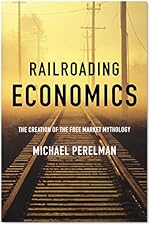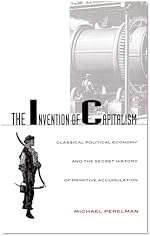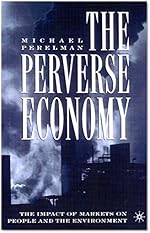Archive for March, 2015|Monthly archive page
A new take on the gold standard?
Keynes, in his Treatise on Money, in a footnote at the beginning of Chapter 35, referring to the love of money, as a footnote pointing to the work of the Hungarian psychoanalyst, Sandor Ferenczi, who was famous for his work on that subject. Ferenczi argued that the love of money was a continuation of infants’ fascination with their own feces.
Ferenczi, Sandor. 1914. “The Ontogenesis of Interest in Money.” In Sex in Psycho-Analysis (Contributions to Psycho-Analysis) (NY: Basic Books, 1950): pp. 319-31.
I turns out that Keynes and Ferenczi were up to something.
Devlin, Hannah. 2015. “Gold in faeces is worth millions and could save the environment.” The Guardian (25 March). http://www.theguardian.com/science/2015/mar/23/gold-in-faeces-worth-millions-save-environment.
“Sewage sludge contains traces of gold, silver and platinum at levels that would be seen as commercially viable by traditional prospectors. “The gold we found was at the level of a minimal mineral deposit,” said Kathleen Smith…
View original post 5 more words
A new take on the gold standard?
Keynes, in his Treatise on Money, in a footnote at the beginning of Chapter 35, referring to the love of money, as a footnote pointing to the work of the Hungarian psychoanalyst, Sandor Ferenczi, who was famous for his work on that subject. Ferenczi argued that the love of money was a continuation of infants’ fascination with their own feces.
Ferenczi, Sandor. 1914. “The Ontogenesis of Interest in Money.” In Sex in Psycho-Analysis (Contributions to Psycho-Analysis) (NY: Basic Books, 1950): pp. 319-31.
I turns out that Keynes and Ferenczi were up to something.
Devlin, Hannah. 2015. “Gold in faeces is worth millions and could save the environment.” The Guardian (25 March). http://www.theguardian.com/science/2015/mar/23/gold-in-faeces-worth-millions-save-environment.
“Sewage sludge contains traces of gold, silver and platinum at levels that would be seen as commercially viable by traditional prospectors. “The gold we found was at the level of a minimal mineral deposit,” said Kathleen Smith, of the US Geological Survey.”
 Comments (2)
Comments (2)
 25 – The Confiscation of American Prosperity: From Right-Wing Extremism and Economic Ideology to the Next Great Depression
25 – The Confiscation of American Prosperity: From Right-Wing Extremism and Economic Ideology to the Next Great Depression 30 – Manufacturing Discontent: The Trap of Individualism in Corporate Society
30 – Manufacturing Discontent: The Trap of Individualism in Corporate Society Class Warfare in the Information Age
Class Warfare in the Information Age Railroading Economics: The Creation of the Free Market Mythology
Railroading Economics: The Creation of the Free Market Mythology Steal This Idea: Intellectual Property Rights and the Corporate Confiscation of Creativity
Steal This Idea: Intellectual Property Rights and the Corporate Confiscation of Creativity The Invention of Capitalism: Classical Political Economy and the Secret History of Primitive Accumulation
The Invention of Capitalism: Classical Political Economy and the Secret History of Primitive Accumulation The Perverse Economy: The Impact of Markets on People and the Environment
The Perverse Economy: The Impact of Markets on People and the Environment